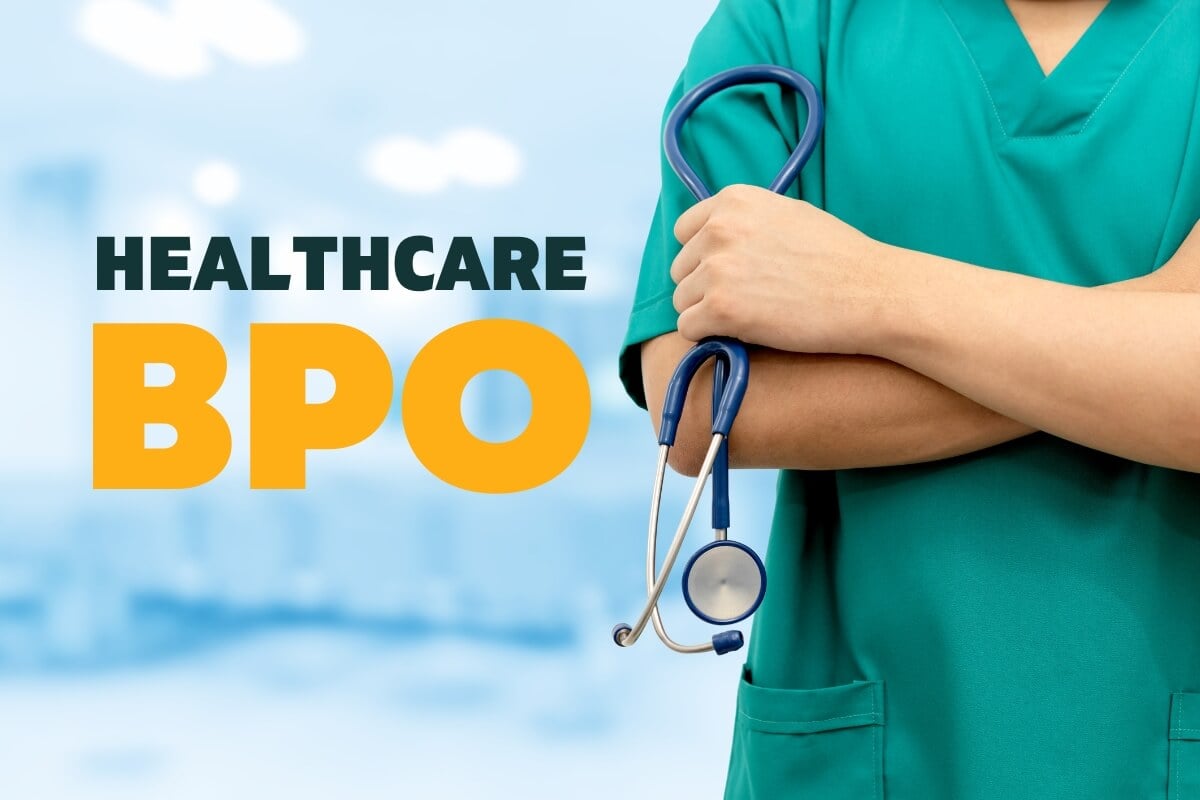Healthcare RCM Devices to Make The Most Of Revenue and Decrease Rejections
Healthcare RCM Devices to Make The Most Of Revenue and Decrease Rejections
Blog Article
A Comprehensive Guide on How Health Care RCM Works to Streamline Invoicing and Collections
Navigating the intricacies of medical care income cycle administration (RCM) is essential for companies aiming to boost their invoicing and collections procedures. The guide unpacks the complexities of RCM, from client registration to accounts receivable management, providing insights into enhancing each step.
Recognizing Earnings Cycle Monitoring
RCM is an important management function that incorporates the whole monetary procedure of individual treatment, from the first visit establishing to the final payment of the balance. It is an intricate procedure designed to recognize, collect, and manage the revenue from the services offered to clients.
The RCM process begins when a patient timetables an appointment and prolongs with the patient's care journey, including payment and collections. An essential objective is to lower the time between offering a solution and obtaining settlement, thus boosting the company's financial health. RCM entails various functions such as client enrollment, insurance policy verification, charge capture, coding, claims entry, repayment uploading, and dealing with rejections and charms.
Secret Parts of RCM
In the realm of Revenue Cycle Management (RCM), comprehending its key elements is essential to accomplishing economic performance within health care companies. RCM is a thorough process that encompasses numerous stages, each critical to making sure efficient payment and collections. The key elements include patient registration, insurance confirmation, fee capture, coding, claim submission, settlement uploading, and accounts receivable monitoring.


As soon as coded, claims are sent to payers, where precision is paramount to prevent hold-ups or rejections - Healthcare RCM. Repayment publishing entails tape-recording the obtained repayments, which permits the reconciliation of accounts. Last but not least, balance dues monitoring concentrates on monitoring and resolving overdue claims, guaranteeing timely follow-up and resolution
Each component of RCM is interconnected, and ineffectiveness in any type of component can disrupt the whole cycle. Therefore, mastering these elements is vital for health care carriers to optimize earnings and enhance their monetary health.
Methods for Reliable Billing

Systematizing payment procedures throughout the organization is one more essential approach. Developing clear guidelines for documentation, coding, and entry assists keep consistency and compliance with governing demands. Training team on a regular basis on these treatments makes certain everybody is current with the most up to date changes in invoicing codes and payer policies.
Precise charge capture is essential in avoiding income leak. Carrying out regular audits and surveillance systems enables for the recognition and improvement of disparities before they influence profits. Additionally, maintaining open lines of communication with payers helps to swiftly deal with any disputes or misunderstandings that may arise.

Lastly, engaging individuals early in the billing process by giving clear estimates and academic materials concerning their financial obligations can dramatically lower complication and boost repayment timeliness. These strategies jointly add to a much more effective and monetarily healthy payment system.
Enhancing Collections Procedures
Provided the intricacies of clinical payment and the selection of payer demands, boosting the collections procedure includes executing critical measures that make certain precise and prompt payment of services provided. Automation tools can aid in tracking insurance claim standings, sending out prompt pointers to clients, and handling rejections much more efficiently.
Training staff to recognize the subtleties of insurance coverage plans and invoicing codes is similarly crucial. This expertise empowers them to address billing discrepancies quickly and interact efficiently with people regarding their financial duties. In addition, transparent and clear client communications are essential. Providing comprehensive descriptions of costs and supplying versatile repayment strategies can enhance person complete satisfaction and prompt repayments.
Regular check my source audits of the collections procedure should be carried out to determine areas for improvement and ensure conformity with policies. By evaluating data, healthcare companies can recognize patterns, expect possible problems, and adjust approaches accordingly (Healthcare RCM). Inevitably, a well-enhanced collections Check Out Your URL process not just supports economic health yet also contributes to a much more seamless experience for patients and personnel alike
Optimizing Earnings Streams
Structure upon the foundation of a strong collections process, medical care organizations can additionally bolster their financial stability by purposefully optimizing profits streams. This involves a multi-faceted technique, beginning with a detailed analysis of existing revenue resources to determine inefficiencies and locations for growth. Using innovative data analytics devices allows companies to gain insights into payer mix, individual demographics, and service utilization patterns, permitting for data-driven decisions that improve earnings capture.
Executing automated billing systems can significantly lower errors and speed up cases refining, making sure that revenue is collected a lot more effectively. Furthermore, optimizing payer contracts through normal arrangements can boost reimbursement rates and terms, straight influencing the lower line. Expanding service offerings, such as incorporating telehealth or health care, can additionally draw in a broader client base, hence enhancing profits potential.
An additional vital element is boosting individual involvement and satisfaction, as satisfied people are most likely to comply with treatment plans and make timely payments. Offering flexible settlement options and transparent payment practices can improve collections and foster client loyalty. Healthcare RCM. By taking on these methods, medical care organizations can create an extra resistant economic framework, making certain continual growth and stability in an ever-changing sector landscape
Verdict
In conclusion, health care Profits Cycle Administration (RCM) plays a crucial function in enhancing payment and collections procedures by incorporating key elements such as client enrollment, insurance confirmation, cost capture, coding, asserts submission, and accounts receivable administration. By utilizing innovative technology, systematizing treatments, and cultivating patient engagement, doctor can significantly decrease case rejections, accelerate payment cycles, and enhance cash money circulation. This extensive technique to RCM eventually causes enhanced monetary performance and sustainability for health care companies.
The RCM process begins when a client timetables an appointment and prolongs with the person's care journey, consisting of invoicing and collections.An additional important element is improving individual engagement and fulfillment, as completely satisfied patients are much more most likely to adhere to therapy strategies and make timely payments. Using versatile settlement options and transparent invoicing methods can boost collections and foster client loyalty.In verdict, medical care Income Cycle Monitoring (RCM) plays a crucial duty in maximizing invoicing and collections procedures by integrating essential elements such as person registration, insurance coverage verification, charge capture, coding, declares entry, and accounts receivable management. By using sophisticated technology, standardizing treatments, this and fostering individual interaction, healthcare companies can dramatically lower claim denials, speed up payment cycles, and boost cash money circulation.
Report this page